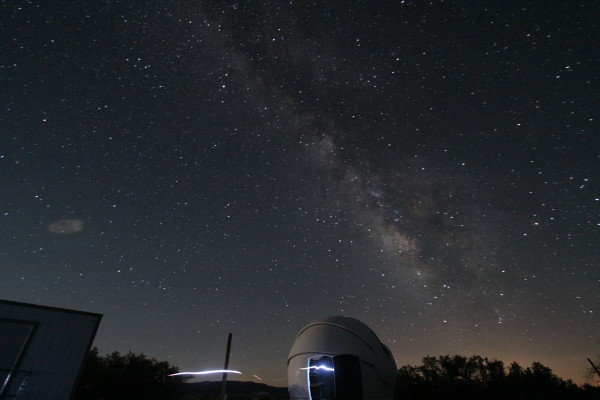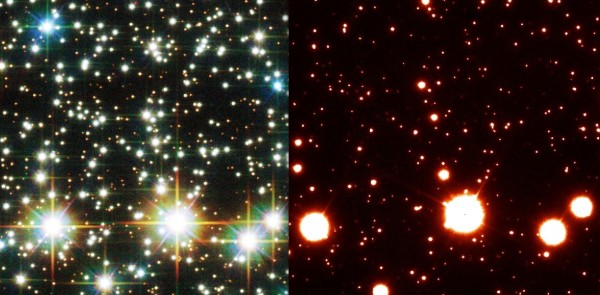“But certainly the laser proved to be what I realized it was going to be. At that moment in my life I was too ignorant in business law to be able to do it right, and if I did it over again probably the same damn thing would happen.” -Gordon Gould, inventor of the LASER
If you want the best telescopic view of the Universe, you build the biggest telescope you can, you outfit it with the best camera(s) you can, and you send it to space. Right?
 Image credit: Fort Lewis College Observatory, via http://www.fortlewis.edu/.
Image credit: Fort Lewis College Observatory, via http://www.fortlewis.edu/.
Well, unfortunately, quite often you can't. If you want to build the biggest telescope you can, it's going to be stuck here, on the ground. But while size certainly isn't everything, we've developed some amazing techniques for dealing with the Earth's atmosphere. If you can't overcome it, perhaps we can adapt, even defeating Hubble at times!
Go read the whole story, and learn why observatories shoot lasers at the Universe in the process!


I don't understand why a guide star has to be created by a laser. As a point source, its light is distorted on the way down. A star is also a point source, and it's distorted in exactly the same way. Why not use any regular star up there since we know it begins as a point source?
@Wesley #1: The main reason is intensity, with a secondary reason of reproducibility. To use a guide star to make adaptive optics corrections, you need a source which is intense enough that you can collect the wavefront pattern very fast, on timescales shorter than how fast the atmosphere changes.
Not everywhere in the sky has a really bright star with which you can do that. What's more many of the more interesting regions are interesting _because_ they don't have bright stars getting in the way of what you want to study.
With a sodium laser, you can place a guide star up in the ionosphere anywhere you want, at a known location relative to the interesting stuff you're studying, and you can turn it off while you collect data.